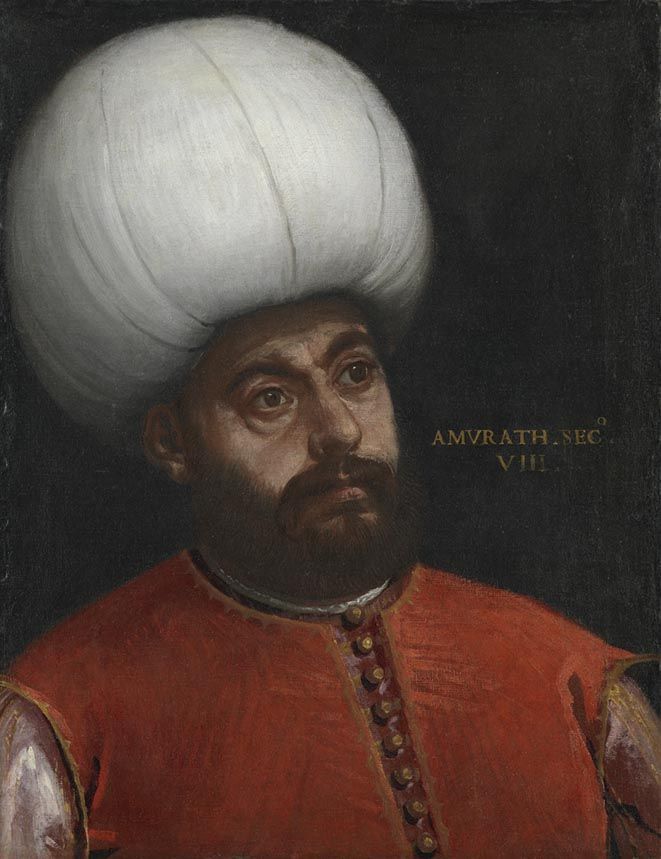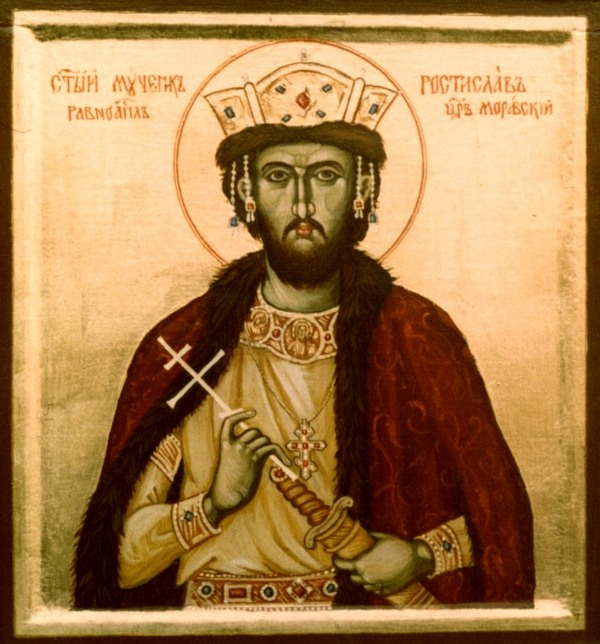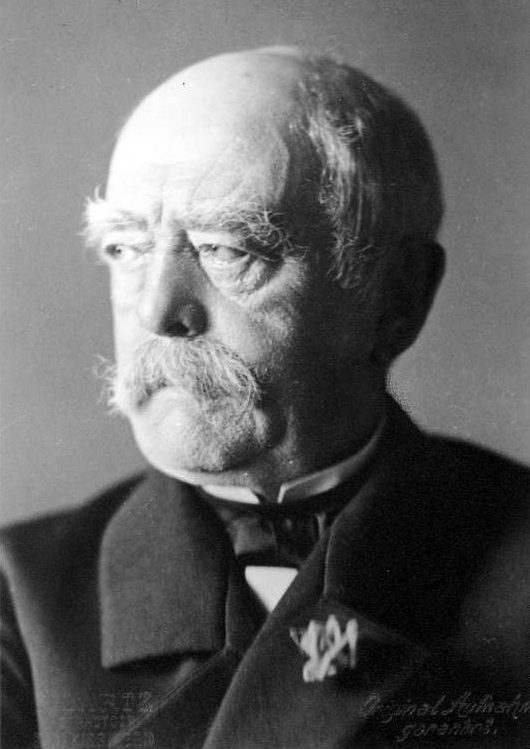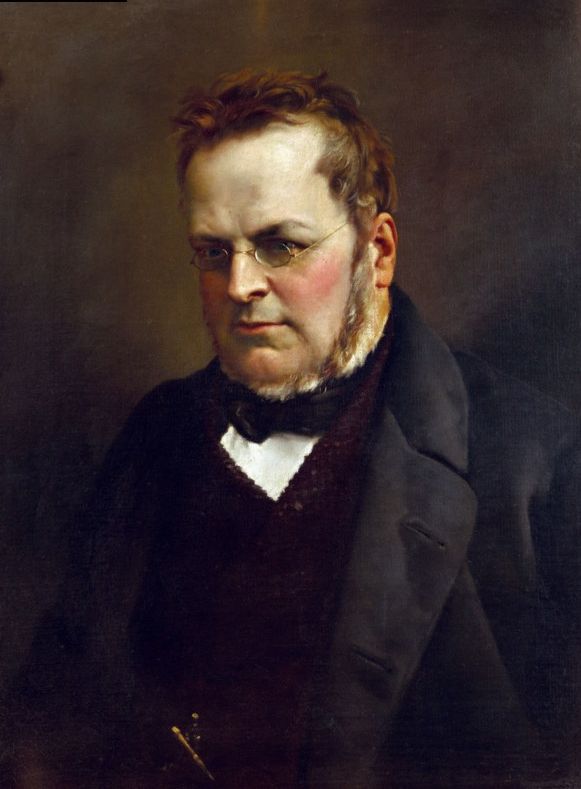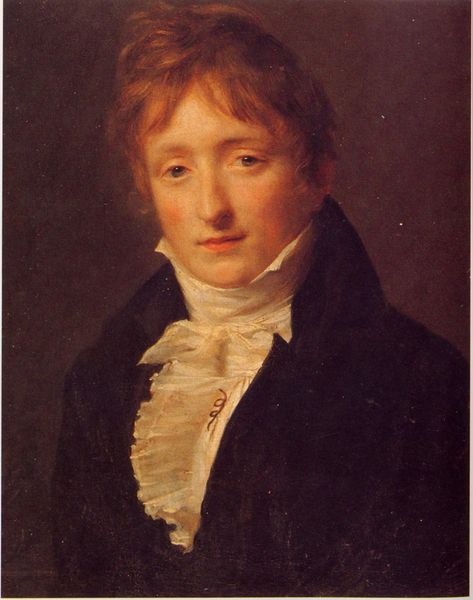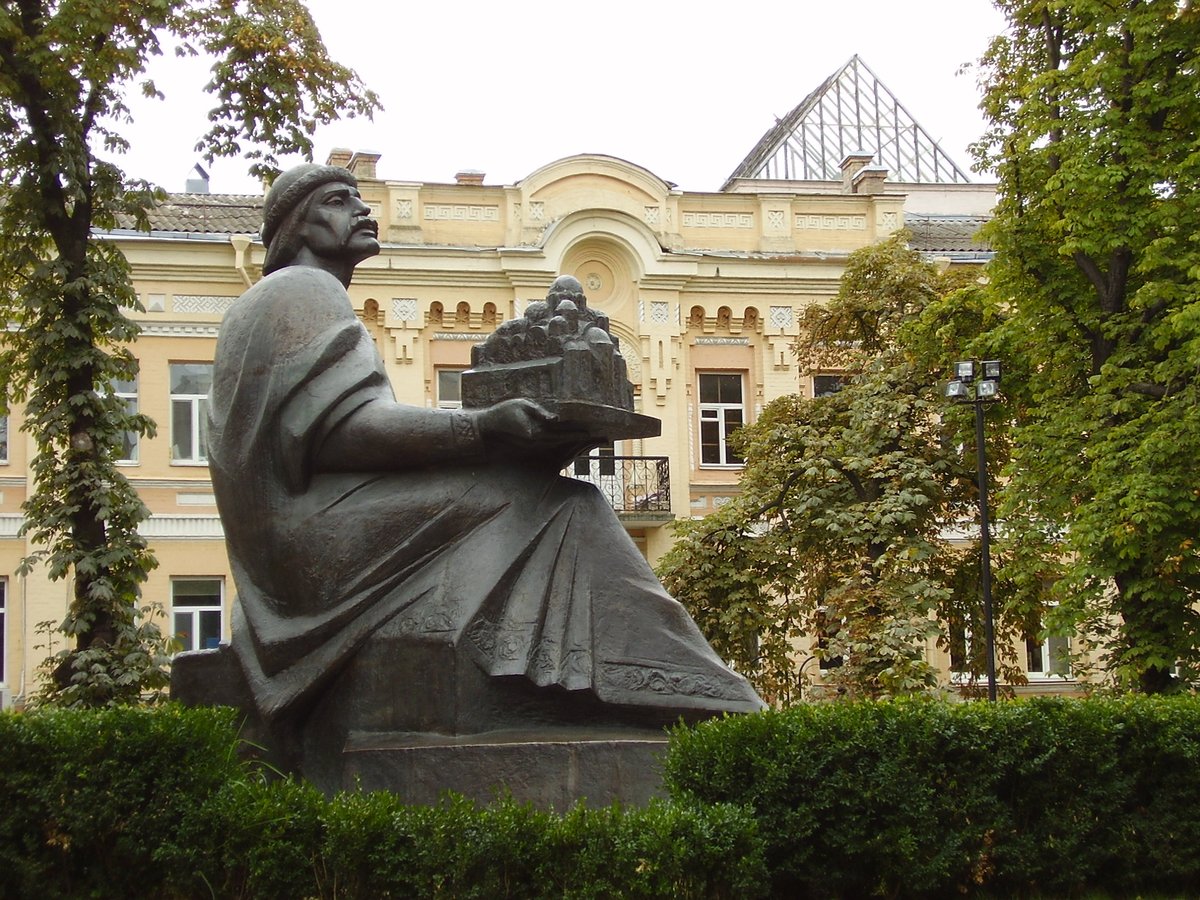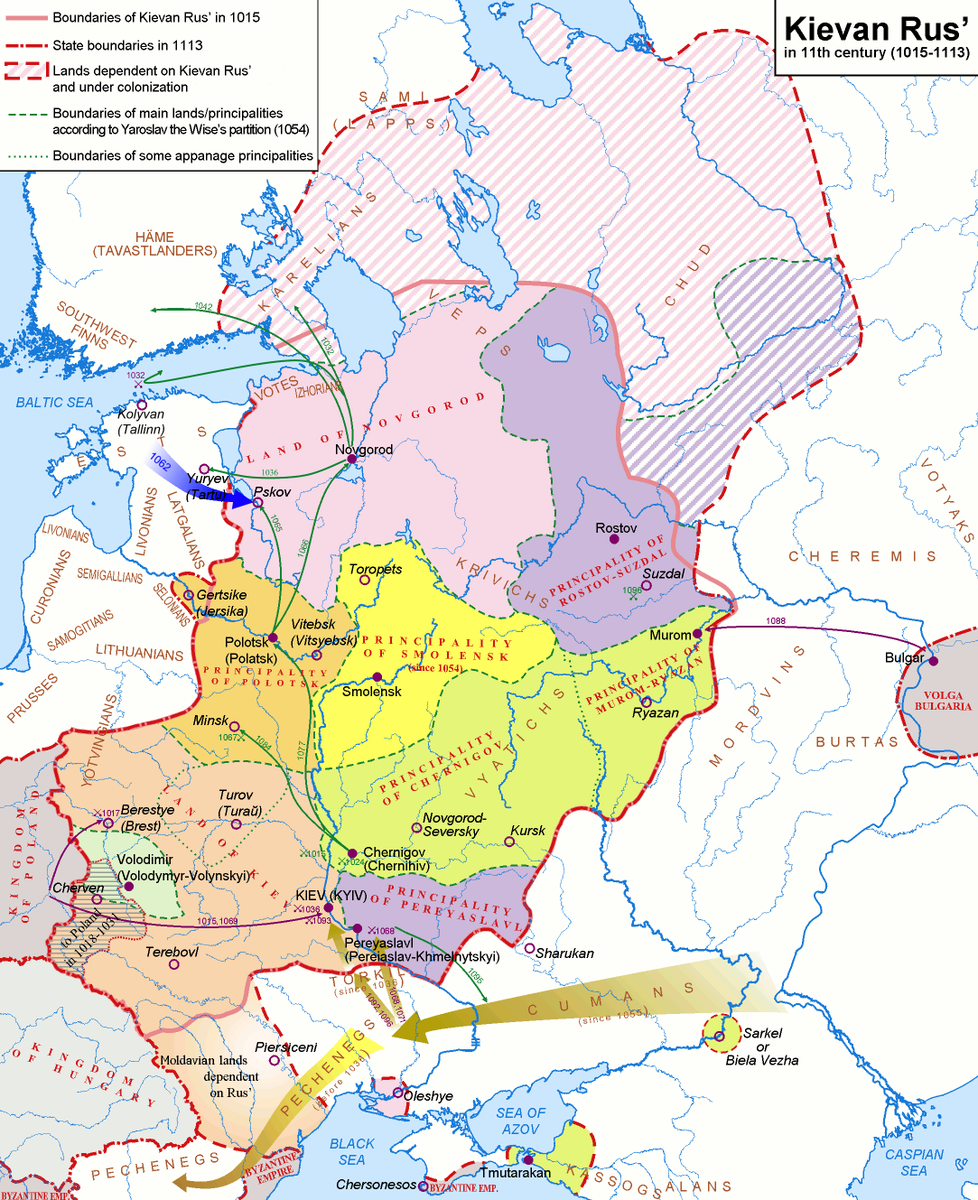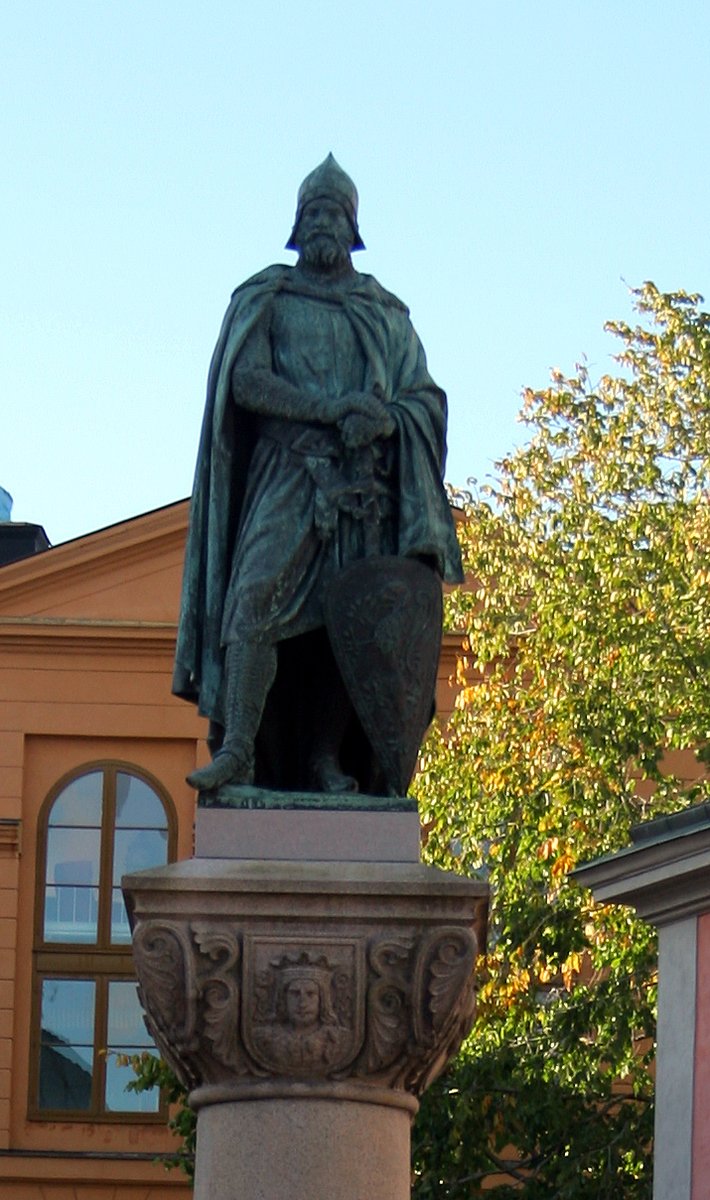A new nation is born after centuries of war, but it almost collapses after its founder kills his own son.
Story in the evening ...
Story in the evening ...
https://twitter.com/Arby_K/status/1403177718372462596
Ivan Vasilievich was born in 1530 to Vasily Ivanovich, Grand Prince of Moscow and Ielena Glinskaia. Vasily's death in 1533, followed by Ielena's in 1538, put Ivan and his younger brother, Iurii, in a precarious position dominated by the nobility. 1/10 

Moscow had grown in power since 1263, dominating other Rus' principalities. But inter generational strife was very much present. Vasily had effectively usurped his nephew Dmitry, while Vasily's younger brothers, Iurii and Andrei, had been imprisoned in 1533 to avoid war. 2/10 



Ivan was officially crowned in 1547 and he took the title Tsar. It was a title used informally by his grandfather, Ivan III, to state his rule over all of Rus'. Ivan III was also married to Zoe, daughter of the last Despot of Morea and niece of the last Byzantine Emperor. 3/10 

The young Tsar reorganized his realm, revising the law code in 1550 and setting up the Zemsky Sobor, an assembly that included representatives from the service gentry. Ivan's reforms centralized authority, taking away the powers of the nobility, but was more inclusive. 4/10 

The Mongol Horde was no longer the mighty force that had controlled the Rus' in the 1200s and the 1300s, but Moscow was neighbour to many breakaway successors of the Horde. Ivan conquered the Khanate of Kazan in 1552 and Astrakhan in 1556. 5/10 



These conquests led to the construction of St. Basil's Cathedral in Moscow. Next was Livonia in the West. The Siege of Narva in 1558 was successful, but it also brought Sweden, Poland-Lithuania and Denmark-Norway in defense of Livonia. 6/10 



By 1560, Ivan and Russia was well placed for a great future. His sons, Ivan and Fedor, were 6 and 3 respectively, when their mother, Anastasia Romanovna Zakhrina, died.
By 1564, the Livonian War was dragging along and Ivan threatened to abdicate. 7/10
By 1564, the Livonian War was dragging along and Ivan threatened to abdicate. 7/10

The period saw Ivan double down on the nobility and become more authoritarian. But this fell apart by 1571, when the Crimean Tatars raided Moscow. After that, a resurgent Ivan managed to reverse failures in Livonia, setting up a vassal state and defeating Crimea at Molodi. 8/10 

The Livonian war ended badly for Ivan. Livonia was divided up by his competition and Russia had nothing to write home about, except for economic ruin. But the nation of Russia was set in stone. He would become the longest ruler of Moscow, ruling longer than his grandfather. 9/10 



In 1582, during a heated argument, Tsar Ivan struck his elder son, Ivan, who later died. The father followed soon in 1584. Fedor succeeded, but led a weak regime dominated by his brother-in-law, Boris Godunov. The 7 century rule by Rurikids over the Rus' was almost over. 10/10 

• • •
Missing some Tweet in this thread? You can try to
force a refresh


